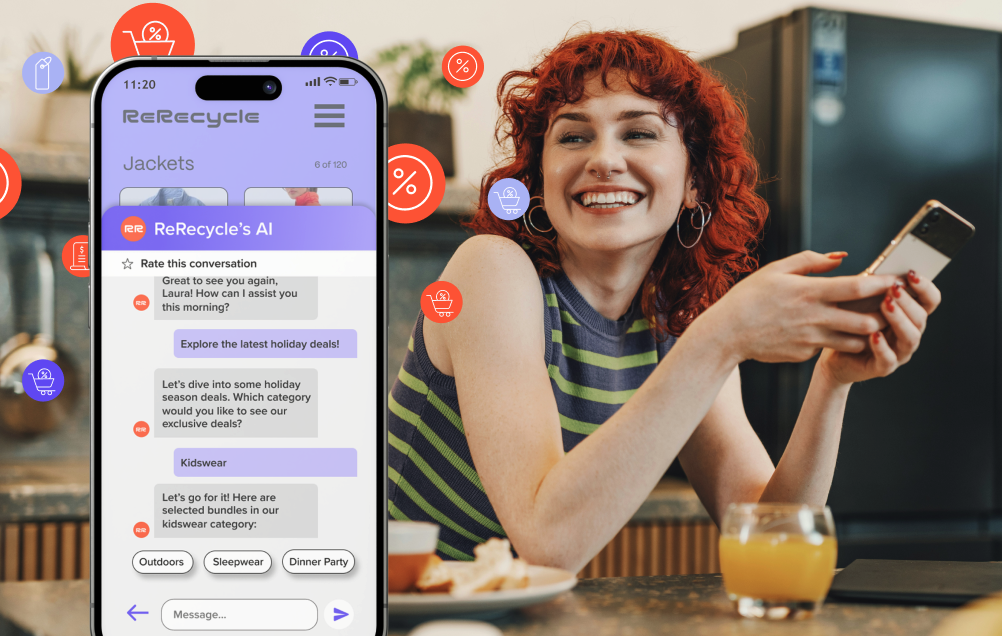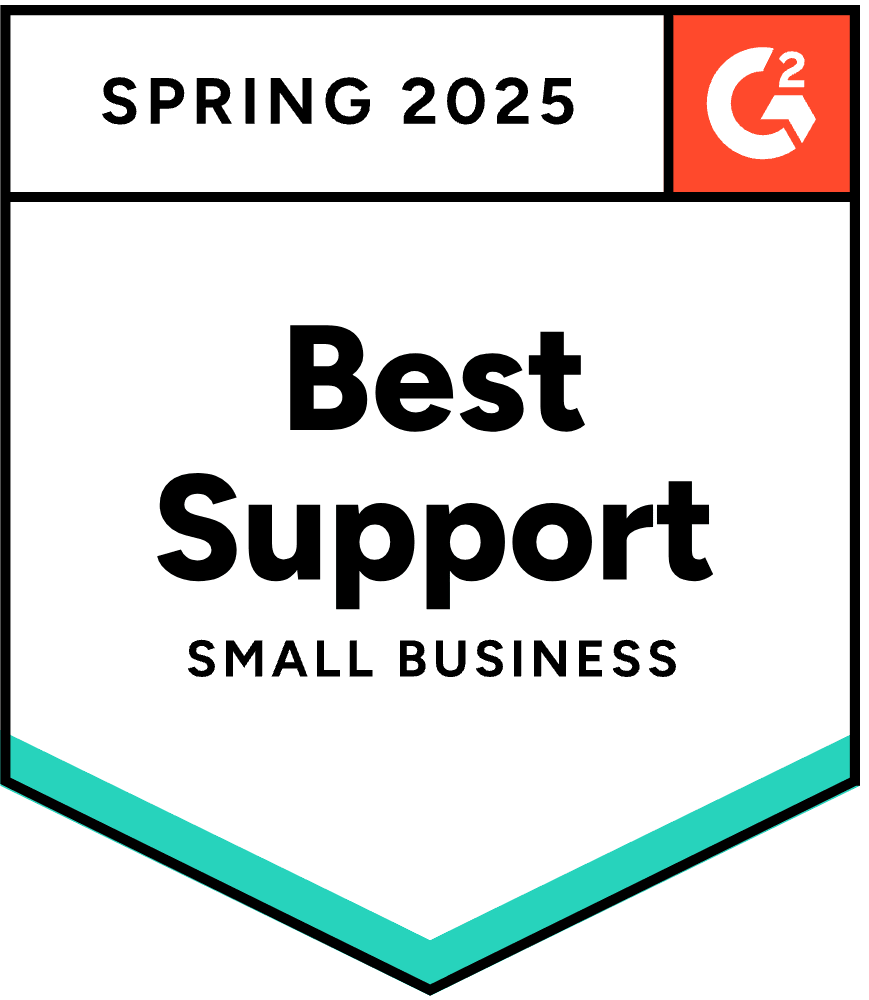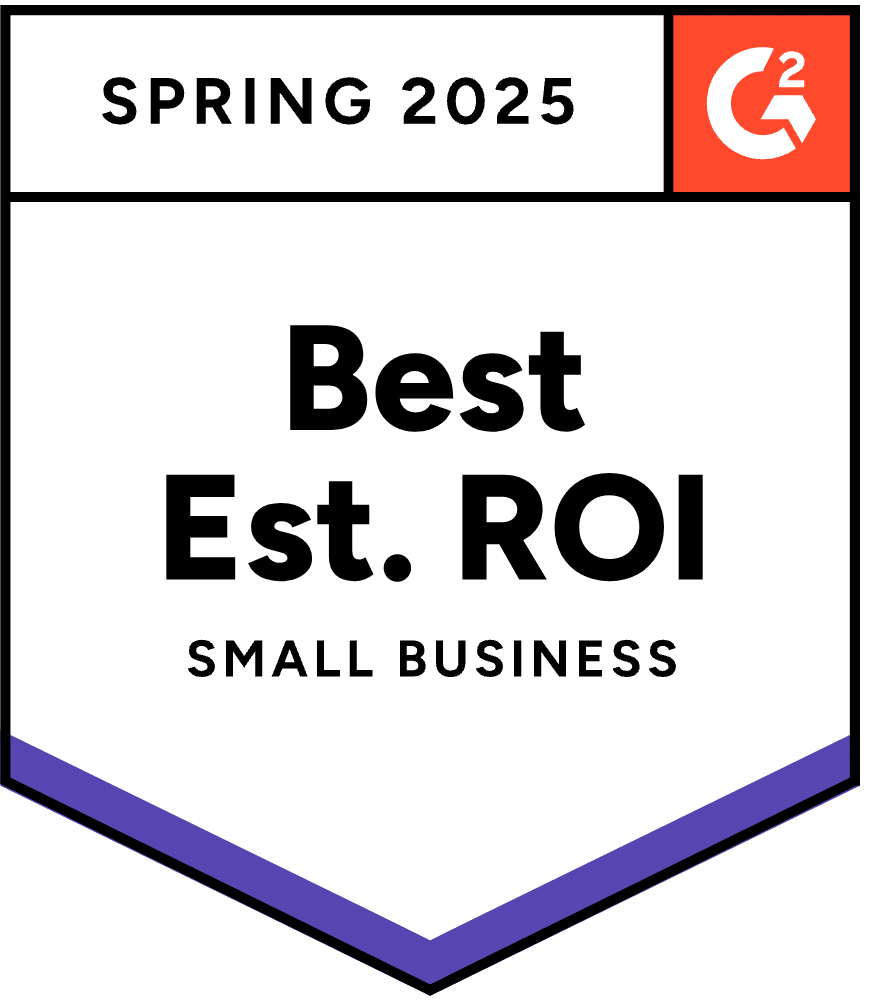5 D2C Brands Changing eCommerce
Marketing and advertising are part art, part science. There’s a lot that goes into creating successful campaigns, and top professionals in the field know how to use their own experience, intuition, creativity, and research to create the right strategies that get results.
What is D2C?
D2C or DTC stands for “direct to consumer”, and simply means that a brand is selling its products or services directly to consumers. While all D2C is also B2C (business to consumer), all B2C is not D2C. A B2C brand sells products to consumers, but these products can be sold via wholesalers and third-party retailers. D2C brands are also B2C, as they target consumers and not businesses, but they sell their products directly to their target audience.
Why is D2C on the Rise?
According to a study by eMarketer, D2C e-commerce sales reached $14.28 billion in 2019 and are expected to reach $17.75 billion in 2020. While eMarketer warns that the COVID-19 pandemic may lead to less nice-to-have purchases online as consumers focus on essentials, as well as shipping and supply-chain challenges, they still predict that the D2C market will continue to rise.

Copywriters keep a swipe file of successful sales copy, designers save images and logos from brands that inspire them, and marketers track top brands that are at the top of their game. It’s a great way to get inspired and learn from other people’s experiences. Analyze which campaigns work and why, how the target audience responds to certain messages and designs, what strategies are outdated or dangerously new.
We’re here to save you the time of sifting through social media, online magazines, and search engine results. These are eight direct-to-consumer (D2C) eCommerce brands you want to keep an eye on.
5 D2C Brands Changing eCommerce
1. Dollar Shave Club
Dollar Shave Club is known for its fun marketing campaigns. You likely remember the funny Old Spice commercials that gained popularity in 2010 (yes, that long ago). Dollar Shave Club created a short 1:33 minute video when they launched to promote their business, and they went all out.
The video went viral, with nearly 5 million views in three months. That was in 2012. The video is still relevant today, with almost 27 million views.
The company has since uploaded many more videos, but this one continues to be shared and viewed even eight years later. Why? Because it’s still relevant. It tells viewers everything they need to know about the company (what they do, price, and product features) while being a little different, fun, cheeky, and memorable.
Creating a great video isn’t enough though. It needs to be in line with your brand voice and the audience you’re targeting. Once the video is created, it’s not just released with the hopes it goes viral on its own. Dollar Shave Club contacted numerous publications and sent them an early, edited version of the video, letting them know of the launch.
They spent $10k promoting it on various channels (primarily social media), and focused on media and publications that had their target audience, like Thrillist and Uncrate. They didn’t just rely on organic reach since that is 100% unpredictable; they created a strategy from start to finish and followed through.
The combination of creativity and smart marketing practices resulted in a viral video that’s still shared nearly a decade later. Within the first two days of the launch, Dollar Shave Club had 12,000 people sign up for their razor subscriptions.
2. GoPro
The champion of leveraging user-generated content, GoPro knows how to talk to its target audience. People don’t need to be told what a camera is or what it does. For a new camera company, the challenge is in telling your audience how you are different. But, why tell me when you can show. GoPro knew that people who buy their products are going to create amazing action-packed videos.
After all, that’s what their product is for. The company motivates GoPro users to share their photos and videos, which GoPro then shares on their own account, tagging their users. GoPro users get incredible exposure, and GoPro gets a ton of free content that perfectly advertises how their products work – it’s social proof That’s a win-win and another win.
The company has over 17 million followers on Instagram, and shares amazing content from around the world, thanks to its versatile users, from mountain climbers and surfers to cat owners and musicians. You’ll find photos and videos of cute pets, wild animals, incredible extreme sports, and even a stormtrooper swinging on a kids’ swing set.
Every single post has thousands, even hundreds of thousands of views, likes, and comments.
3. Casper
Casper has been at the top of these kinds of lists for years and is on many marketers’ swipe files. Casper is a mattress company. If you haven’t heard of them, it may sound like a boring product, but we just saw how men’s razors could be made fun of. At first glance, nothing stands out when you look at their website and marketing content on social media.
Casper excels in its messaging and targeting. They present their products as perfect for anyone and let you choose based on the price, size, firmness, and material that’s right for you. They also decided to target millennials, which already helps them stand out.
Mattresses are typically traditional businesses, i.e., you won’t really see them doing fun videos or investing in social media campaigns. Casper wanted to stand out by using non-traditional and more modern methods, which were necessary for targeting younger audiences.
They invest in influencer marketing to appeal to their audience, advertise in urban spaces in cities where they sell their mattresses, and create TV ads.
They’ve succeeded in creating a brand image that makes their mattresses synonymous with being trendy and relevant.
https://www.instagram.com/p/0gMVQOnGnn/
It’s clear that they thought their strategy out, and knew they had to think outside of the box to stand out and not be another mattress company. They talk about the benefits of their mattresses in ways that appeal to their specific target audience (Millenials), which has helped them become a leading brand in the US.
It’s essential to keep in mind that their strategy is theirs – and while we can learn a lot from it, it isn’t necessarily relevant to others with the same target audience. For example, Casper needs to constantly focus on getting new customers, since even returning customers don’t buy a new mattress frequently.
Other brands may need to focus on customer loyalty to increase sales and get customers coming back (like the Dollar Shave Club with its subscription). This affects the marketing strategy and D2C campaigns you’ll ultimately create.
4. Cards Against Humanity
Love them or hate them (and people are definitely divided), there’s a lot you can learn from this brand. Everything from their tagline “a party game for horrible people” to their crazy marketing stunts is in line with what this game actually is.
If you haven’t heard of them, Cards Against Humanity is a card game with questions and answer cards. Put simply, a black question card is selected, and all players need to choose a white answer card from their hand that they think is best, and the funniest answer gets the points. The questions and answers are hilarious, dirty, terrible, horrifying, awkward, and fun. There are no red lines, nothing off-limits.

So, how do you market a game like that? You speak to your audience – the kind of people who would love a game like that – and forget about the rest. With Cards Against Humanity (CAH), that meant breaking the rules, tossing “taboo” out the window, and appealing to an audience that appreciated dark humor and sarcasm.
One example is their Black Friday campaigns, which they do to shed light on the absurdity of the seasonal shop craze. In 2013’s Black Friday, instead of lowering their prices like everyone else, CAH raised prices across the board by $5, which did nothing to hurt their sales.
In 2014, they sold bull feces for $6, which 30,000 people paid for, Cards Against Humanity box for free along with the excrement before Christmas. In 2015, they sold “nothing” for $5, which made $71,000. The list goes on.
CAH is not afraid to be bold and cheeky, because that’s their brand voice and they seem to have found their “content-market-fit” with their audience.
CAH knows that breaking the rules helps them get their message across and reaches exactly the people who would enjoy playing their game. In a game where the cost of acquiring a customer these types of viral “stunts” are way more than just stunts, they are the key ingredient to success with D2C.
5. BarkBox
BarkBox noticed the craze of subscription boxes over the past five years. From Japanese snacks to skincare and art supplies, subscription boxes were viral. People bought them, shared the unboxing on social media, and posted reviews on YouTube.
BarkBox did the same for dogs – targeting a more specific target audience, but one much more likely to buy (because who doesn’t want to spoil their dog) and share fun pictures on social media.
Their subscription boxes include toys and treats delivered every month. Every box is themed – for example, a Scooby-Doo box. Customers don’t know what they’ll get each month and unbox it with their pup for a fun surprise.
The company has also added an eCommerce site where customers can re-order products they received in one of their subscription boxes – a great way to expose consumers to new products they wouldn’t have tried otherwise, and get them hooked.
Like GoPro, BarkBox benefits from a strong community and a constant flow of user-generated content. Their users all have one thing in common – they love dogs – which creates a supportive and loyal community around their brand. The company knows its audience well and focuses on the dogs, not the owners.
The messaging and images are all about the dogs’ experience, and to top it all off, the company donates 10% of its proceeds to animal shelters.
Yet another example of how important it is to know your audience.
Competition in D2C
D2C brands usually enter a market that is already highly competitive. The single most important marketing tactic for D2C marketing is to pick a market segment you can penetrate, tailor your message to that segment, and make sure to “stand out” and be inclusive. This is your edge against more established brands that customers already have a preconceived notion about.
As marketers, there’s a lot we can learn from these successful brands, and just as much from those that fail. It’s essential to take a step back and understand why they were successful. In most cases, you’ll find the recipe to success to include a few key ingredients: an AI-powered salesperson that increases conversion rate and customer satisfaction. Sign up now to learn more about Rep.
Quick Answers and FAQs
How are top D2C brands expected to grow by integrating physical retail with wholesale and retail channels to improve the shopping experience?
Pure online D2C brands face increasing profitability challenges in today's market. Top brands are responding by strategically integrating physical retail with wholesale partnerships. This integration creates seamless shopping experiences that boost brand awareness while reducing the skyrocketing customer acquisition costs that plague digital-only models.
Opening Experiential Retail Stores
Physical locations now function as both sales channels and immersive brand showcases. Brands like Warby Parker, Allbirds, and Casper have established stores where customers can interact with products before purchasing - something impossible in the digital realm alone.
- Creates tactile experiences impossible online
- Builds deeper customer relationships through face-to-face interaction
- Provides additional revenue streams beyond digital sales
Forming Strategic Wholesale Partnerships
❌ Relying solely on digital marketing for customer acquisition
✓ Partnering with established retailers to gain immediate access to broader customer bases
These partnerships build credibility through association with trusted retail names. For many D2C brands, wholesale channels have become essential for sustainable growth, offering a cost-effective way to reach new customers compared to increasingly expensive digital advertising.
Creating Seamless Omnichannel Experiences
Most brands get it wrong by treating online and offline channels as separate entities. What actually works is implementing consistent branding and messaging across all touchpoints - digital, physical, and wholesale.
Services like "buy online, pick up in store" and cross-channel returns remove friction from the customer journey. The most successful D2C brands ensure customers receive the same quality experience regardless of where they shop.
Leveraging Physical Retail for Data Collection
In-store interactions provide valuable customer insights that complement online behavior data. When brands combine these data sources, they create more comprehensive customer profiles. This leads to better product development and more personalized marketing.
By balancing digital convenience with tangible experiences, top D2C brands are creating shopping experiences that leverage the strengths of each channel - positioning themselves for sustainable growth in an increasingly competitive market.

.png)










